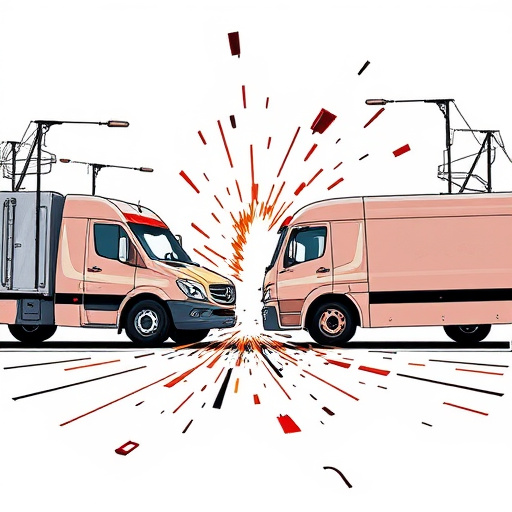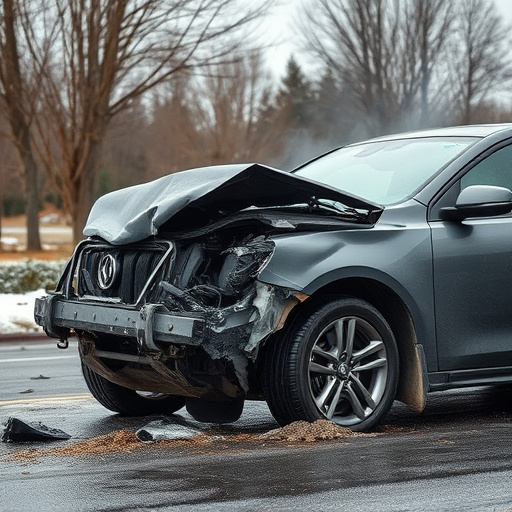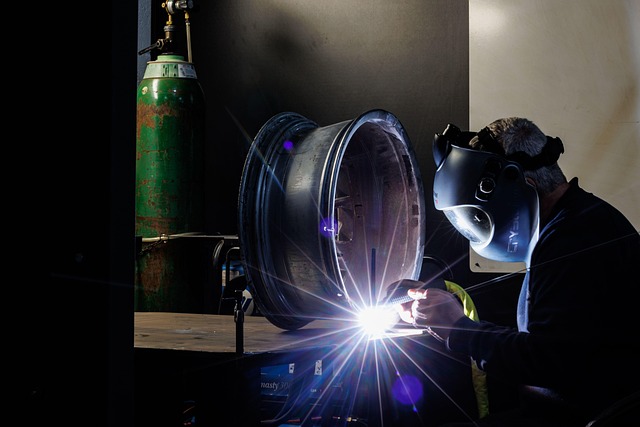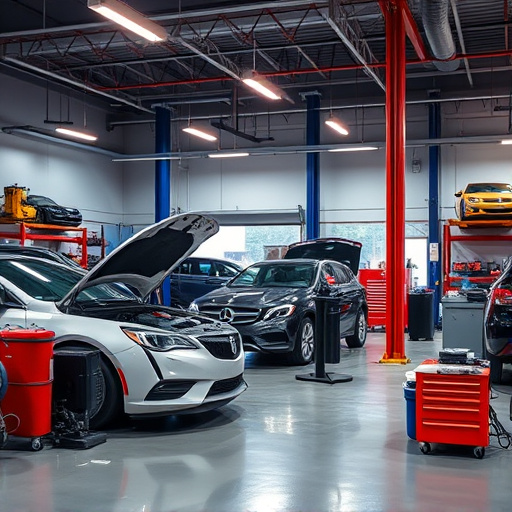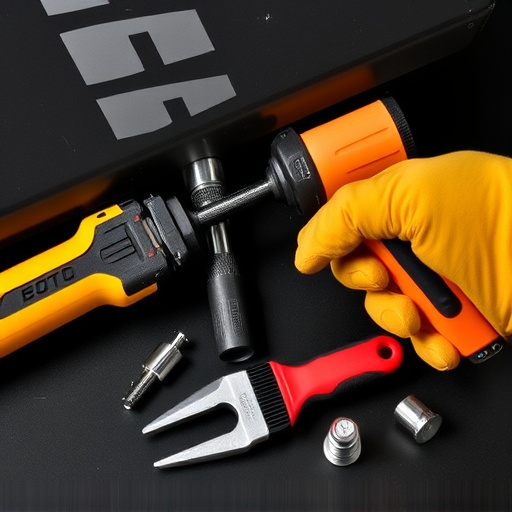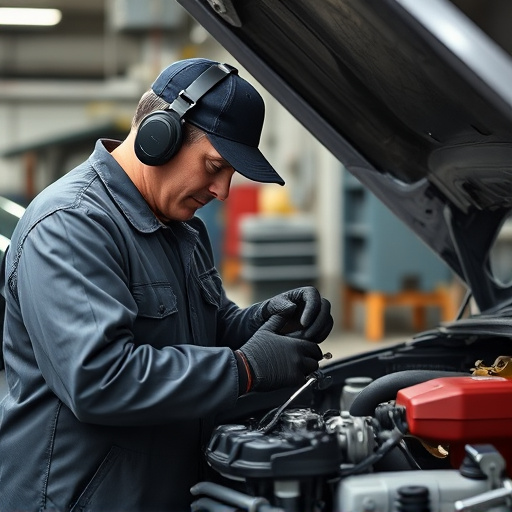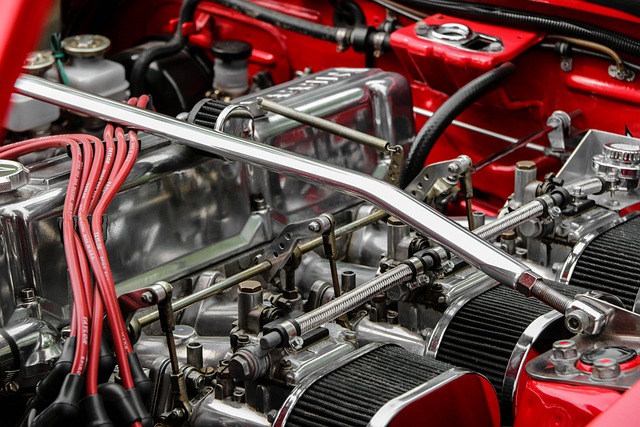Direct Repair Programs (DRPs) optimize vehicle dent repair by establishing partnerships between insurance companies and pre-approved repair centers. These programs define service scope, pricing, and liabilities, promoting cost-effective methods like paintless dent repair. Coverage variations among insurers impact DRP execution, affecting shop selection and pricing flexibility. DRPs enhance efficiency through streamlined communication, structured decision-making, pre-agreed rates, and simplified billing, fostering trust and preventing fraudulent practices.
“Uncover the intricate world of Direct Repair Programs (DRPs) and their varying offerings across insurance providers. This article delves into the complexities of DRP contracts, providing a comprehensive guide for policyholders. We explore essential aspects, including basic terms and coverage variations, to demystify this crucial program. By understanding how DRP agreements differ, you can navigate the repair process more efficiently, ensuring seamless and cost-effective vehicle repairs.”
- Understanding DRP Contracts: Basics and Common Terms
- Variations in Coverage and Network Providers
- How DRP Agreements Impact Repair Process Efficiency
Understanding DRP Contracts: Basics and Common Terms
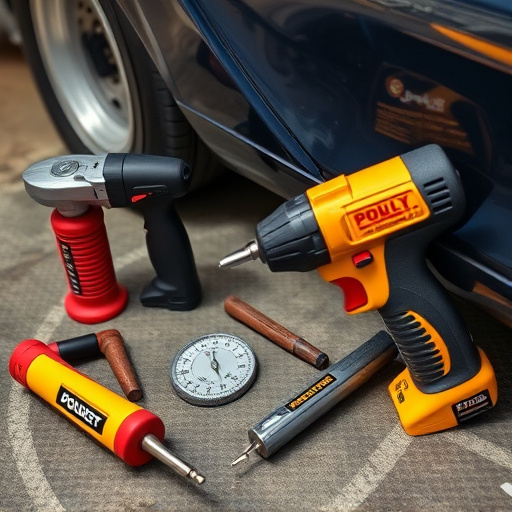
Direct Repair Programs (DRPs) are agreements between insurance providers and pre-approved repair facilities, streamlining the process for vehicle dent repair and other types of damage. At their core, DRP contracts facilitate faster, more efficient repairs by providing clear guidelines and processes for both parties involved – the insurance company and the vehicle body shop. The contract outlines the scope of services covered, pricing structures, and liability, ensuring a level of consistency in the quality of service rendered, be it traditional vehicle dent repair or specialized paintless dent repair techniques.
Common terms within DRP contracts include deductibles, co-pays, and estimated repair costs. These details are crucial for policyholders as they determine out-of-pocket expenses when filing a claim. Additionally, the contract may specify the types of repairs that are in scope, such as minor dents and scratches, or more extensive vehicle body shop work. Some contracts also promote preferred or approved repair methods, with a focus on cost-effectiveness and quality assurance. For instance, while traditional vehicle dent repair involves physical labor and painting, paintless dent repair techniques offer a quicker, less invasive solution that may be favored in certain situations based on DRP guidelines.
Variations in Coverage and Network Providers
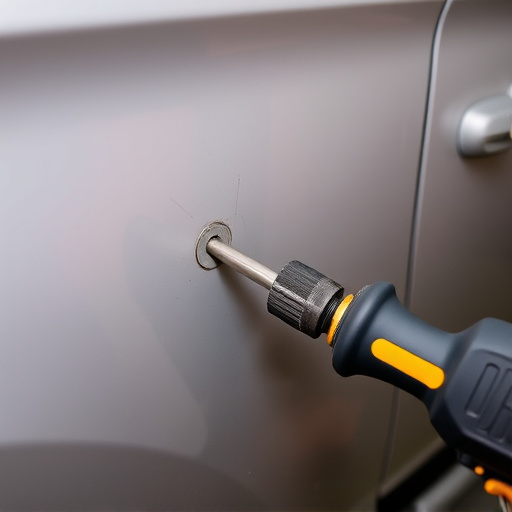
Variations in Coverage and Network Providers play a significant role in how Direct Repair Programs (DRP) are executed among different insurance providers. Each insurer has its own set of guidelines, which can lead to disparities in what services are covered under their DRP contracts. For instance, some companies might offer comprehensive coverage for all types of automotive collision repair, while others may restrict certain procedures or components, affecting the overall cost and accessibility of car body shop services.
Additionally, network providers differ across insurance plans, impacting customers’ options for car body restoration. Some agreements limit the choice of car body shops to a select few, potentially limiting competition and pricing flexibility. In contrast, other DRP contracts allow policyholders more freedom in selecting their preferred automotive collision repair facilities, fostering healthier market dynamics and offering potential savings for car body restoration services.
How DRP Agreements Impact Repair Process Efficiency
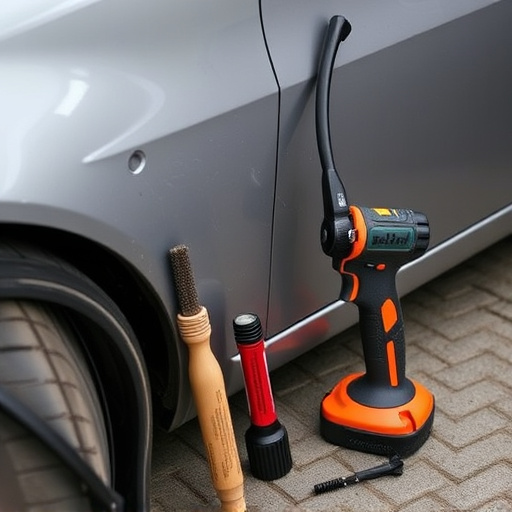
Direct Repair Program (DRP) agreements play a pivotal role in streamlining and optimizing the entire automotive repair process. These contracts facilitate a smoother collaboration between insurance providers, authorized repair facilities, and their policyholders. By establishing DRP networks, insurers ensure that their clients have access to approved and trusted collision or hail damage repair shops, reducing the potential for costly mistakes or fraudulent practices.
The efficiency gains from DRP agreements are multifaceted. For one, they provide a structured framework, enabling faster communication and decision-making throughout the repair journey. This is particularly beneficial in time-sensitive situations, such as when dealing with extensive hail damage repairs. Additionally, these programs often include pre-negotiated rates and streamlined billing processes, ensuring policyholders receive fair compensation for their automotive repair needs without the hassle of navigating complex claim settlements.
DRP contracts, while seemingly uniform at first glance, exhibit notable variations among insurance providers. Understanding these differences is crucial for efficient repair process management and optimal customer service. Insurance companies may offer differing levels of coverage, network provider access, and terms, which can impact the overall experience for both policyholders and repair shops. By recognizing these variations, industry professionals can navigate the complexities of DRP agreements and leverage them to streamline repairs, reduce costs, and enhance satisfaction among all stakeholders.




